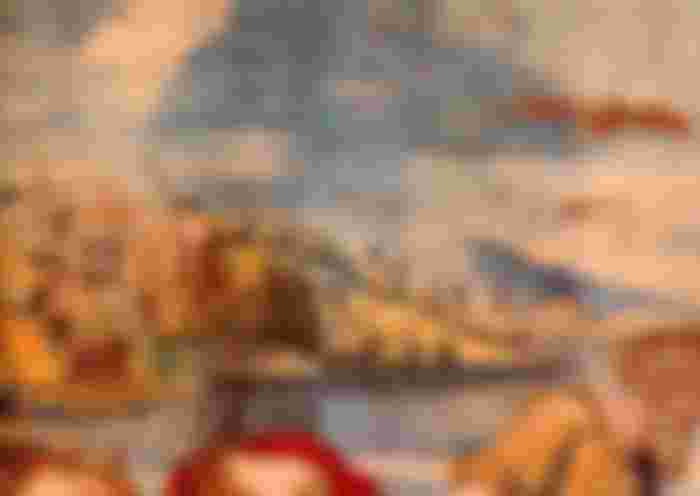When you hear the name Vatican City, the first thing that comes to mind is the name of one of the smallest states in the world. However, Vatican City is currently the smallest country in Europe. Because Sealand is the smallest country in the world today. However, the Vatican City is a small but independent country, located in Rome, Italy and one of the oldest cities in the world. Along with history and tradition, the mysterious story of the country is scattered all over the world. Today's event therefore contains a summary of the full history of Vatican City.
On the banks of the Tiber River in ancient Rome was a hill in the place of the present Vatican City, which was locally called Montes Vatican or Mount Vatican. Originally the name of this place was later changed to Vatican from here. In the first century BCE, Agrapina the Elder cut through the mountainous region of the Tiber River in Rome and built a large garden for his own comfort and gardening. Several years later, several settlements sprang up along the main road next to the park. Gradually the desolate place became densely populated.

Emperor Caligula, son of Agrapina the Elder, who was the next emperor, took the initiative to build a circus on the site of the park in the early forties, but he could not complete it in his lifetime. Caligula was the next emperor, Emperor Nero, who completed the unfinished work left by the previous emperor. The circus compound was 500 meters long and 100 meters wide. The circus was named Guy Circus the Neroness, better known as the Nero Circus.
It is known that the circus was lined up on the east-west side, similar to the present St. Peter's Basilica, and its main stage was on the south side. There is a stark difference between the ancient Vatican and today's Vatican, but the only visible ruins of that ancient Vatican are the Vatican Obelisk, which was brought by Emperor Caligula Heliopelis to decorate the circus. In 64 AD, a great fire broke out throughout Rome, known in history as The Great Fire of Rome. This place was then used as a Christian cemetery.

According to ancient tradition, it was here that St. Peter's body was inverted and crucified, and all his companions were burned or hanged. From the first half of 324 AD, the Vatican began to change at the hands of Emperor Constantine. Soon after gaining power, he converted to Christianity and dismantled pagan installations throughout the Vatican. St. Peter built the basilica on the circus premises of Nero. The tomb of St. Peter is thought to be at the bottom of this basilica.
This St. Peter's Basilica is a sacred place not only to the Vatican, but to all Catholic Christians around the world. This basilica was later preserved and reformed by various popes at different times. This basilica, built by Emperor Constantine, has since become the heart of the Vatican and Catholicism around the world. The construction of St. Peter's Basilica greatly increased the number of Catholics in and around the Vatican, and the power passed into the hands of the pope, the Catholic priest of the region. The popes ruled those territories like a head of state.

During the reign of Pope Leo IV in 824 AD, the St. Peter's Basilica and the Vatican and surrounding areas were extensively damaged by Saracen pirates or Bedouin pirates. Pope Leo planned to encircle this open area by the river, and he began work accordingly. In 852, Leonine was named after the pope, who built a 39-foot-high, very strong stone wall in the Vatican. Later, during the reign of Pope Urban VIII in 1640, the wall underwent many repairs and renovations.
However, historians believe that the Vatican was founded by a first-century Catholic church. Although the place was considered sacred long before the introduction of Christianity. The Roman goddess Sibyl and her husband, Atis, were worshiped here. Whatever it is, this walled city of Leonine became a major center of spirituality during the Middle Ages and the Renaissance. Although the popes lived in the Lateran Palace at that time, the city was dominated by the popes. In the 6th century, Pope Simacas built the Apostolic Palace or Papal Palace near St. Peter's Basilica in imitation or absence, in order to be a safe haven for the pope or to stay close to St. Peter. Later in the twelfth century, during the reigns of Pope Eugene III and Pope Innocent III, the palace was further renovated.
Thanks to everyone for reading this article


